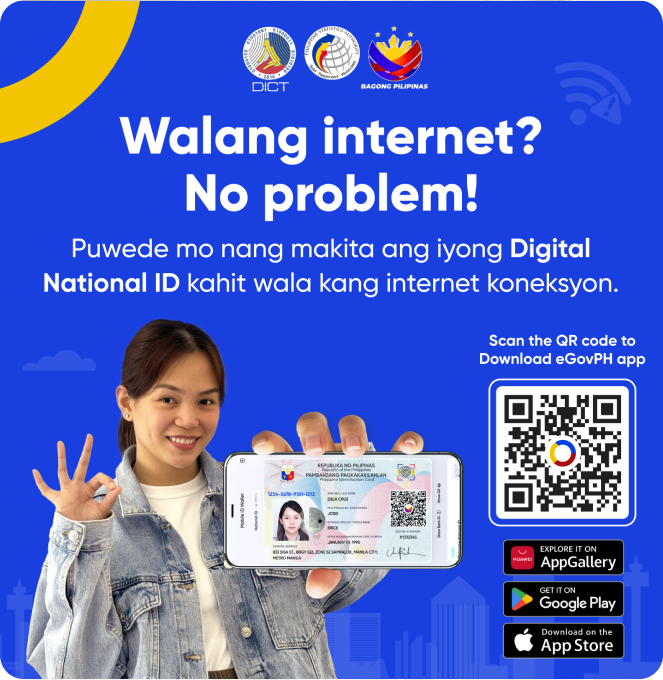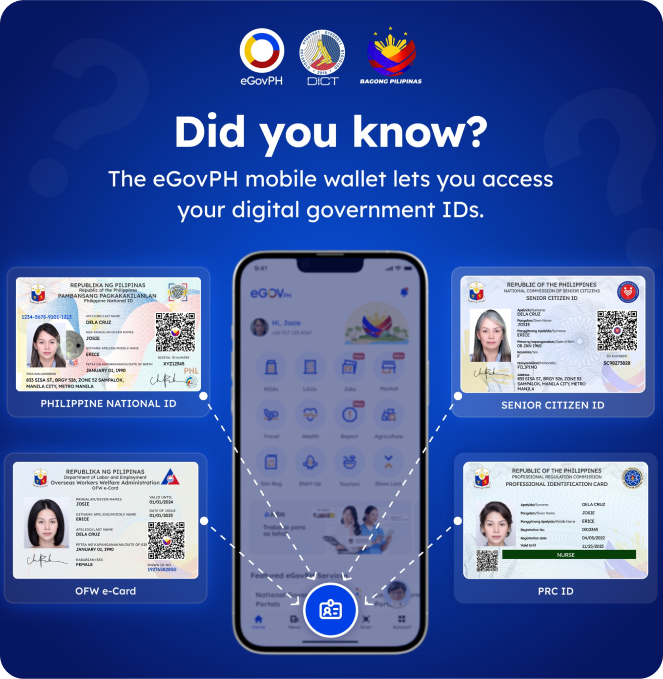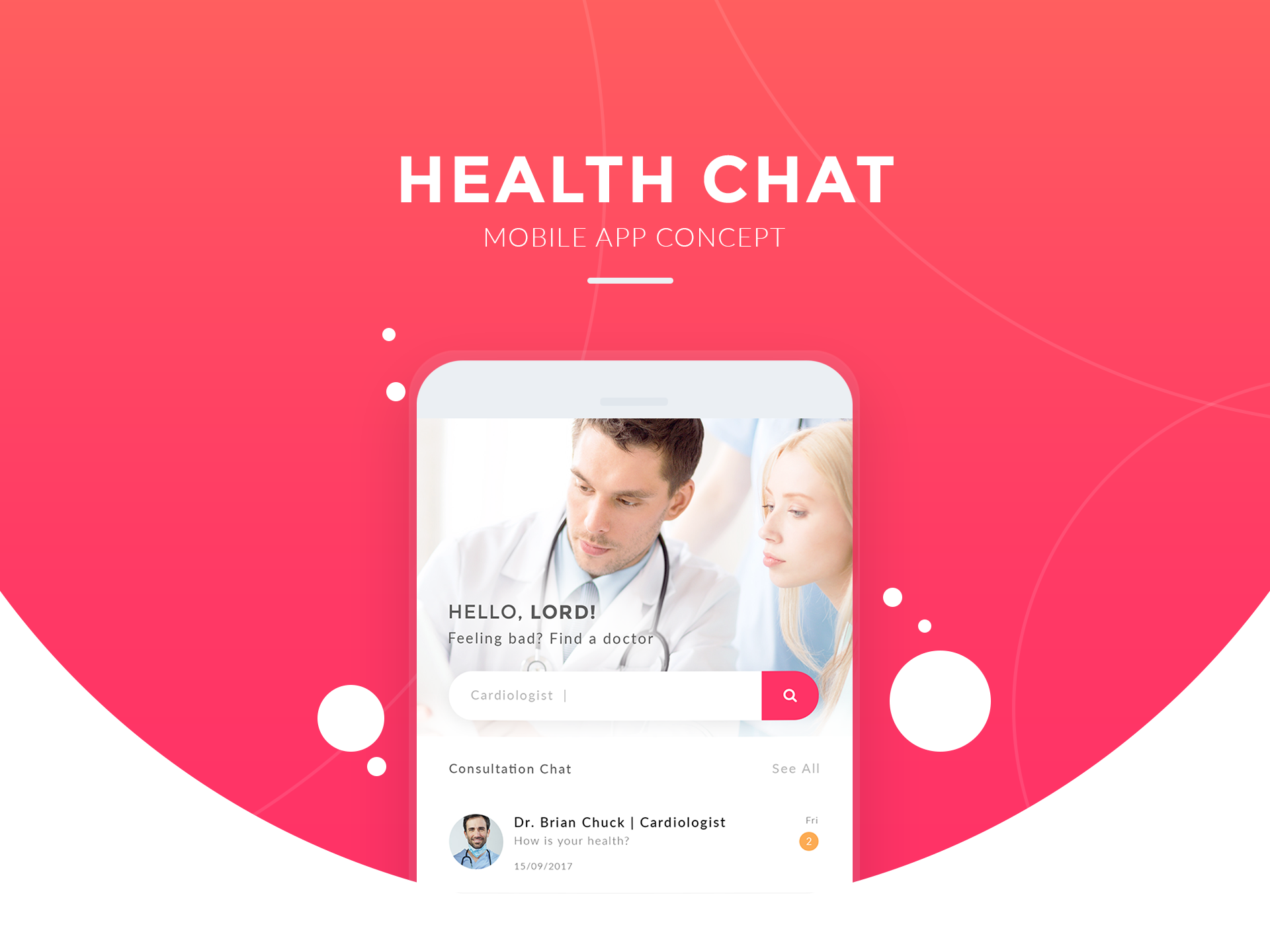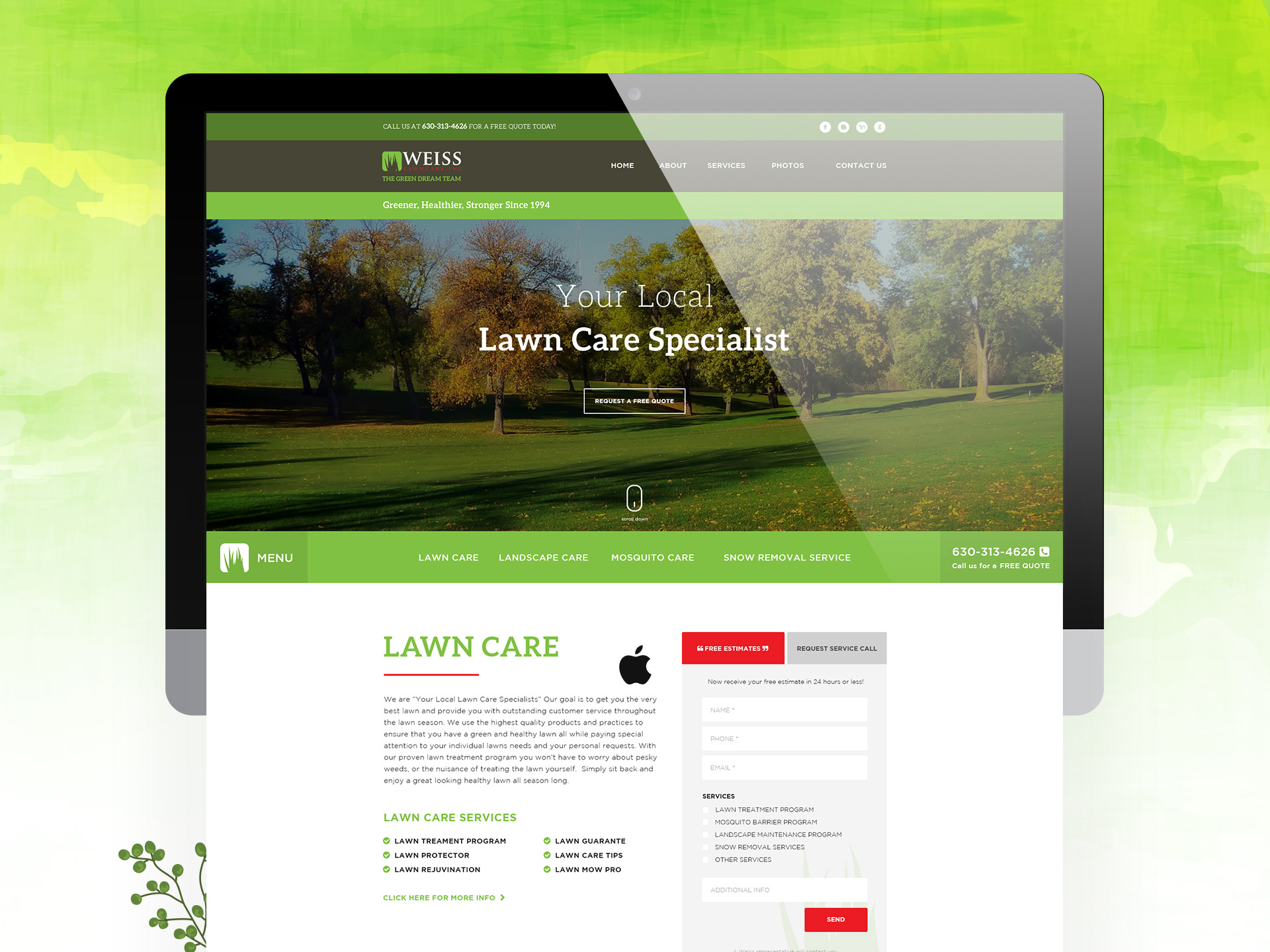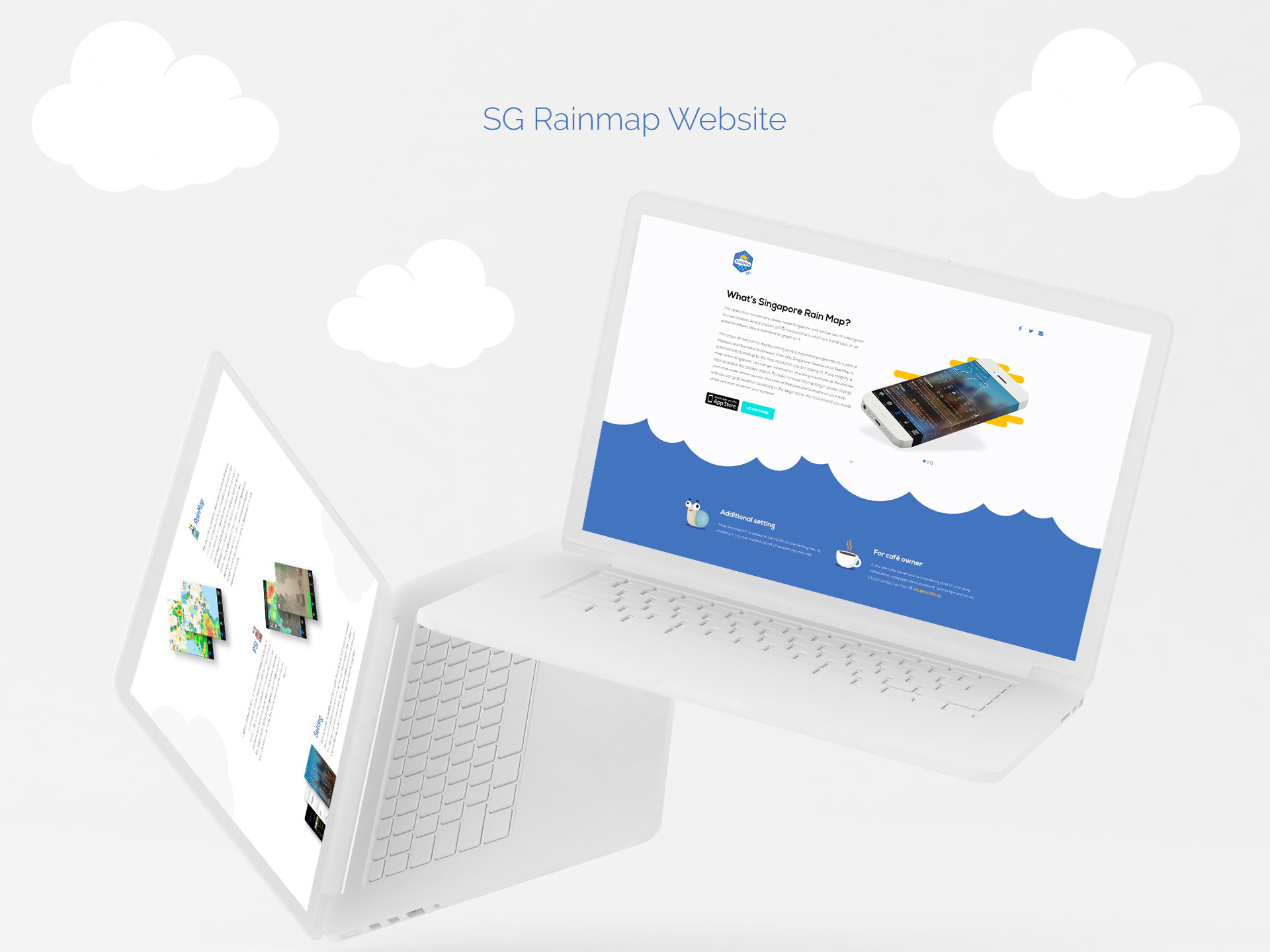eGovPH App - Bridging Government Services to Filipino Citizens
The eGovPH App was developed with a clear mission: to serve as a bridge between the Philippine Government and its citizens by providing a streamlined, centralized platform for public services. Intending to offer public service "in a click," the eGovPH App became the Philippines’ first one-stop solution for accessing various government services through a mobile app. The app consolidates fragmented government websites and systems, ensuring a unified experience for users, regardless of their location or the agency they need to access.
The eGovPH App was developed with a clear mission: to serve as a bridge between the Philippine Government and its citizens by providing a streamlined, centralized platform for public services. Intending to offer public service "in a click," the eGovPH App became the Philippines’ first one-stop solution for accessing various government services through a mobile app. The app consolidates fragmented government websites and systems, ensuring a unified experience for users, regardless of their location or the agency they need to access.
Main Goal
To create a digital infrastructure that serves as a central repository for government services, enabling citizens to easily access, track, and utilize public services through a single mobile application.
To create a digital infrastructure that serves as a central repository for government services, enabling citizens to easily access, track, and utilize public services through a single mobile application.
Challenges and Pain Points
Before the development of the eGovPH App, Filipino citizens encountered several difficulties when interacting with government services. These issues included:
1. Fragmented Digital Infrastructure:
- Too many government websites with separate login credentials and requirements, leading to confusion and inefficiency.
2. Lack of Digital Identification:
- Citizens needed to manually input data for each government website, as there was no unified digital identification system in place.
3. Inconsistent Systems:
- National Government Agencies (NGAs) and Local Government Units (LGUs) operated on different systems, making it difficult for citizens to track their interactions and transactions across different government bodies.
4. Absence of Centralized Data and Verification:
- There was no single database or centralized source of truth for citizen information and services, leading to multiple redundancies and verification challenges.
Before the development of the eGovPH App, Filipino citizens encountered several difficulties when interacting with government services. These issues included:
1. Fragmented Digital Infrastructure:
- Too many government websites with separate login credentials and requirements, leading to confusion and inefficiency.
2. Lack of Digital Identification:
- Citizens needed to manually input data for each government website, as there was no unified digital identification system in place.
3. Inconsistent Systems:
- National Government Agencies (NGAs) and Local Government Units (LGUs) operated on different systems, making it difficult for citizens to track their interactions and transactions across different government bodies.
4. Absence of Centralized Data and Verification:
- There was no single database or centralized source of truth for citizen information and services, leading to multiple redundancies and verification challenges.
Competitor Study
Before creating the first version (V1) of the eGovPH App, a thorough competitor study was conducted to understand existing solutions and identify areas of opportunity. This competitor study was critical in shaping the features, design, and roadmap of the app.
Pre-V1 Competitor Analysis:
International Benchmarks:
The team analyzed successful government apps and digital systems from countries like Estonia (e-Estonia), Singapore (SingPass), and India (Aadhaar) to assess the strengths and weaknesses of their systems.
Key findings from these systems included:
➡️ Unified Digital Identity (Estonia and India): The importance of a single digital ID for citizens to access all services.
➡️ Centralized Data Management (Singapore): The efficiency of having a centralized platform for personal, health, travel, and government-related data.
➡️ Streamlined Service Integration (India’s Aadhaar): A smooth integration of multiple services across government sectors, from banking to public health.
Domestic Comparisons:
Within the Philippines, several government agencies had their own websites and services, but there was no single platform connecting all of them. Systems like Pag-IBIG’s online portal, PhilHealth, and SSS had their own separate accounts, making it difficult for users to keep track of logins and services.
Additionally, many of the existing apps lacked mobile responsiveness, SSO, and data integration across agencies. These shortcomings were important to note in the development of eGovPH.
Post-V1 Competitor Reassessment:
After the launch of eGovPH V1, the team conducted another competitor analysis to assess how the app compared with existing platforms and what additional improvements could be made. This assessment involved:
User Feedback Comparison:
Gathering user feedback and comparing satisfaction levels with eGovPH versus other similar platforms globally and domestically. This helped identify areas for improvement, such as adding new features like eGovChatAI and expanding service integration.
Performance & User Engagement:
The analysis focused on the performance of competing platforms in terms of speed, accessibility, and engagement. As a result of this reassessment, the team decided to expand the app with added features like Philippine Digital Health Information System, eTravel integration, and Philippine E-Commerce Platform.
The Solution
To address these pain points, the team behind the eGovPH App implemented several key solutions:
Single Sign-On (SSO) Integration:
One of the core features of the eGovPH App is the introduction of a Single Sign-On (SSO) system. This allows citizens to create and use one account to access all integrated government services, eliminating the need to remember multiple credentials.
Digital ID System:
The app introduced a collated Digital ID system that integrates valid identification from various government bodies. This includes the National ID, ensuring citizens have a verified and unified digital identity across all services.
National ID Verification:
The app leverages the Philippine National ID system to ensure seamless verification across all government services, ensuring legitimacy and security.
Single Sign-On (SSO) Integration:
One of the core features of the eGovPH App is the introduction of a Single Sign-On (SSO) system. This allows citizens to create and use one account to access all integrated government services, eliminating the need to remember multiple credentials.
Digital ID System:
The app introduced a collated Digital ID system that integrates valid identification from various government bodies. This includes the National ID, ensuring citizens have a verified and unified digital identity across all services.
National ID Verification:
The app leverages the Philippine National ID system to ensure seamless verification across all government services, ensuring legitimacy and security.
